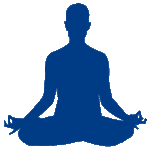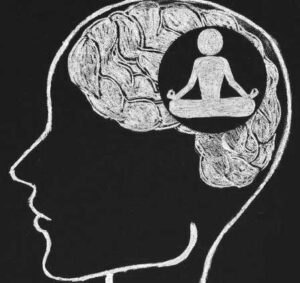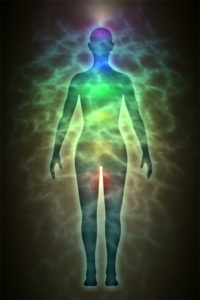A few worldwide statistics:
- Nearly 1 in 10 persons lives below the international poverty level of $2.15 per day (per the World Bank)
- Only 1 in 4 people have access to safely managed water (according to WHO)
- Only 1 in 6 people own a car (per PD Insurance)
When exposed to this data in combination with sufficient media exposure to see how people live the world over, it’s not much of a stretch to acknowledge all the blessings in my life. Born white into one of the wealthiest countries on the planet. Raised by conscientious and loving parents. Access to stellar educational and employment opportunities. Loving friends and family. A comfortable roof over my head in a safe neighborhood with the means to keep it there. Nourishing food.
Gratitude ought to be a no-brainer, and yet it often feels like something that should be felt rather than naturally arises. That sensibility gained traction growing up as the gratitude factor was often invoked somewhat punitively. If we complained about a meal, we were reminded that there were starving children in Africa. My parents often recited the phrase: “I cried because I had no shoes until I saw the man who had no feet.” Very true. And quite guilt inducing. In fact, I still beat myself with the gratitude stick every time I complain.
Good old evolutionary science cuts me some slack here. Our survivalist brains aren’t wired for gratitude. They don’t take inventory of what’s going well. In fact, they get used to all the good stuff and barely take notice of it at all. If anything, they ratchet up expectations for more goodies in the future. But they are always on the look-out for what might go wrong: imminent danger, potential threats, scarcity. And they get drawn into social comparisons, determining their social and personal worth based on how they stack up against others in their peer groups. It isn’t me vis a vis the world’s population, but me vis a vis my community, my Facebook friends, my alumni groups, and so on.
That point was driven home to me years ago when colleagues of mine were doing a study in behalf of a major financial institution on the market needs for “private clients” – that is, individuals with very high net worth. They snagged an interview with an heiress of a major industrial enterprise. Upon explaining the nature of the work and the clientele they were interviewing, she said she didn’t think she fit the mold. After all, she wasn’t worth hundreds of millions of dollars.
Such behaviors are normal and natural, even if we wish they weren’t. Much like lovingkindness, forgiveness, and equanimity, it takes intentionality and practice to become beacons of light.
So, how do we turn the heart and mind toward gratitude?
First Off: Pause. Breathe. Appreciate.
If we want to disrupt those well-established neurological patterns that take the good for granted and trend toward negativity, it’s wise to take them off autopilot and redirect their attention. To slow down and start noticing all the blessings that arise in our lives and in the world. Want a guide to help you? Read Mary Oliver’s poetry.
Second: Good old… count your blessings.
Buddhist monks begin each day with a chant of gratitude for the blessings of their life. Native American elders begin each ceremony with grateful prayers to mother earth and father sky, to the four directions, to the animal, plant, and mineral brothers and sisters who share our earth and support our life. In Tibet, the monks and nuns even offer prayers of gratitude for the suffering they have been given: “Grant that I might have enough suffering to awaken in me the deepest possible compassion and wisdom.”
As Jack Kornfield says: “Gratitude is a gracious acknowledgment of all that sustains us, a bow to our blessings, great and small, an appreciation of the moments of good fortune that sustain our life every day.”
Third: Find silver linings.
Hate doing dishes? Be grateful for the food that messed them up. Hate paying taxes? Be grateful for the income that sustains you and makes it possible to remit funds to the government. Hate those lines that are creeping across your face? Be grateful for all the smiles over the years that have put them there. You get the drift…
Fourth: Establish a practice that works for you.
You can do a weekly gratitude walk, where you just go around wherever you live and find things for which you are grateful: the trees on the street, the neighbors who smile and say “hello,” the dogs that wag their tails when they see you, the flowers showing off their radiant colors, the warmth of the sun.
You can keep a gratitude journal or have a little gratitude jar into which you and your guests capture blessings as they arise.
Say thank you… even for all the ordinary things in life. Thank you for doing the laundry. Thank you for doing the dishes and putting them away. Thank you for walking the dog.
Just sit and reflect: What am I grateful for? What else could I be grateful for? What opportunity is life presenting right now for which I can be grateful?
Take in a guided gratitude meditation.









